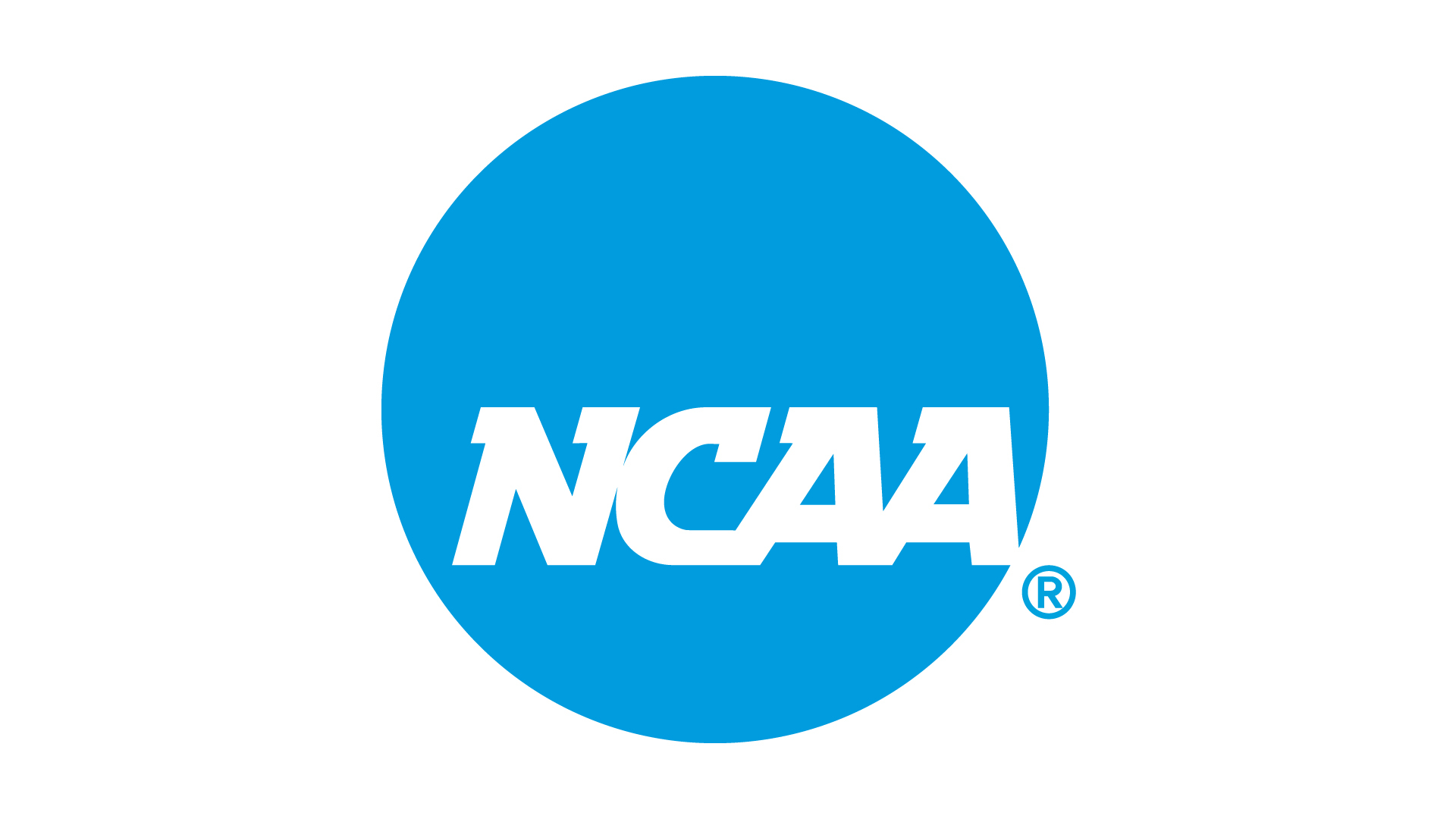Vivian Huddleston ‘27
This January, 2,861 member representatives from the 1,118 members of the National Collegiate Athletic Association (or, NCAA) met in Phoenix, Arizona to discuss growing concerns, trends, and possibilities in intercollegiate athletics. Though the convention is one dedicated to networking, education, and all-around interaction with the nitty-gritty of sports administration, all attendees are truly waiting for one event: the voting for new legislation for the upcoming year.
At the end of the week-long convention, the three “Divisions” of colleges (that is, the categorizations colleges fall into based on their levels of athletic funding, DI, DII, and DIII), break up to vote on whether or not the legislation formally proposed would be added to the Divisional rules or not.
These formal proposals go through two stages: the First and Second Publications. The First Publication is edited and converted into the Second Publication, which is then distributed to all constituent members.
This year, Goucher College Athletic Staff and the Student Athlete Advisory Council (known as SAAC) received the Second Publication of Proposed Legislation (or, SPOPL) in early November. The interscholastic vote then gets raised to the Landmark Conference staff and Landmark SAAC (respectively), who then compile the votes from all Conference member colleges and raise them to the national level through their voting members (in Landmark’s case, the Landmark Conference Director and Landmark’s National SAAC Representative). These voting members then go to the National Convention. The Conference Director is given a vote in the large NCAA vote and the Conference SAAC Representative is given a vote within the Division Three SAAC (which also receives one vote within the large vote.)
This year, the NCAA Convention vote accepted all of the proposed SPOPLs, and Goucher SAAC voted in favor of all but one of the approved changes. There were four approved SPOPLs, the last three of which directly impact the student-athlete experience. The two that most obviously affect student-athletes (SPOPLs 2-3), which Goucher SAAC and Landmark Conference SAAC voted in favor of, had the primary outcome of making more sports accessible.
Specifically, SPOPL 2 sought to add Stunt as an official DIII women’s sport and SPOPL 3 sought to decrease the minimum number of required players on a tennis team to constitute a varsity, college-sponsored program. But the fourth SPOPL is where the most controversy arose.
SPOPL 4 was a proposed complete rewrite of the Division Three Philosophy Statement, a massive undertaking that had been in the works for almost a year at the time of voting. Though Goucher and Landmark SAAC both supported the core messaging of the new Philosophy Statement, the Second Publication came with two amendments- one of which Goucher and Landmark SAAC vehemently opposed. The first amendment to the Philosophy
Statement wanted to add a phrase emphasizing college athletics being a “four-year experience.”
This was a phrase that was in prior versions of the DIII Philosophy Statement but was removed when athletes received several years of extra eligibility because of season delays and cancellations, due to the COVID-19 pandemic. This caused many athletes to have one or two extra years of playing opportunities at all levels, including at Goucher. This amendment was opposed by Goucher SAAC, Landmark SAAC, and National SAAC, but was still passed
when it went to the Divisional vote.
Many of those in Division III athletic administration feel that the era of the graduate player at the DIII level is over, now that COVID eligibility has come and gone. But, with growing changes in higher education trends, with more and more students going to graduate school, as well as increased opportunity for medical eligibility waivers (one of which was added this time last year), one has to wonder if the NCAA is talking out of both sides of their mouth when it comes to their DIII legislation. Athletes closest to this legislation fear that this readdition will de-
incentivize DIII Athletic Administration from being willing to take on student athletes in graduate programs, or who are in five-year academic programs such as Goucher’s 4+1 programs. However, according to the NCAA, they have up to ten semesters in college to use their four seasons of eligibility.
Though it is hard to predict where this changing philosophy statement will lead athletic administrators in the future, it is important that student athletes, especially those potentially affected by these changes, stay informed about how the NCAA may be affecting them. This information may be easy to come by, but (as one can tell by this article) can be difficult to interpret.
Athletes, do not hesitate to reach out to your Student Athlete Advisory Representative with any questions or concerns. Be an active participant in your athletic experience, so your involvement can affect student athletes years after your graduation. Or, until you use up all your eligibility… at least for now.

